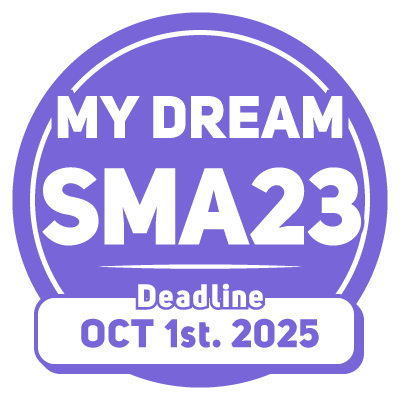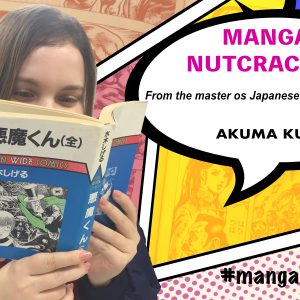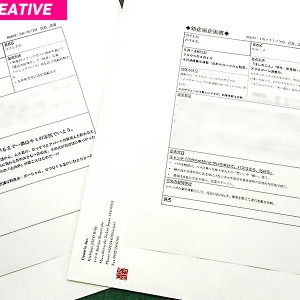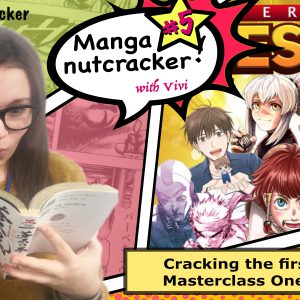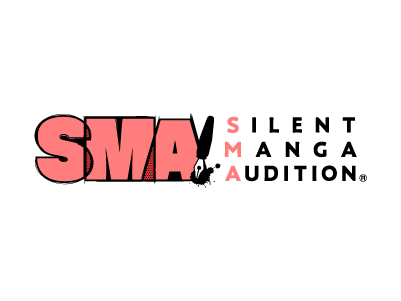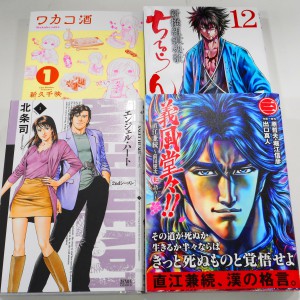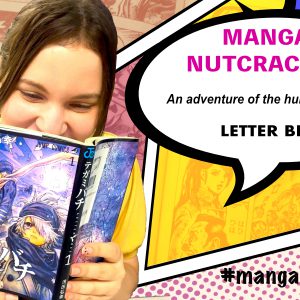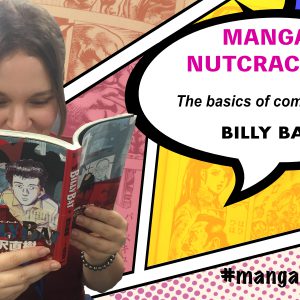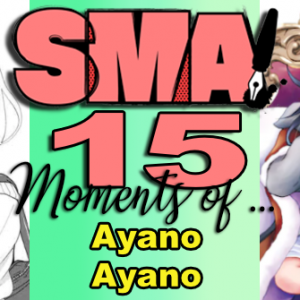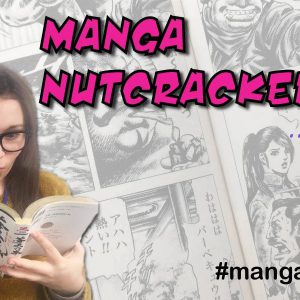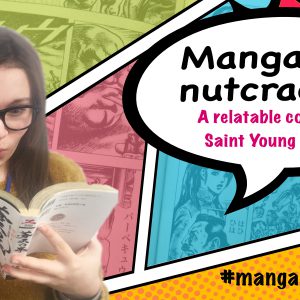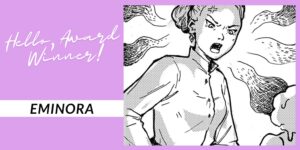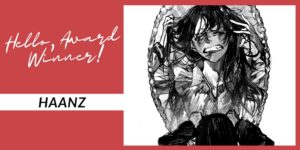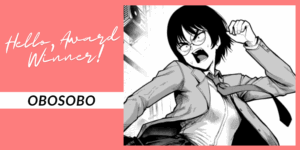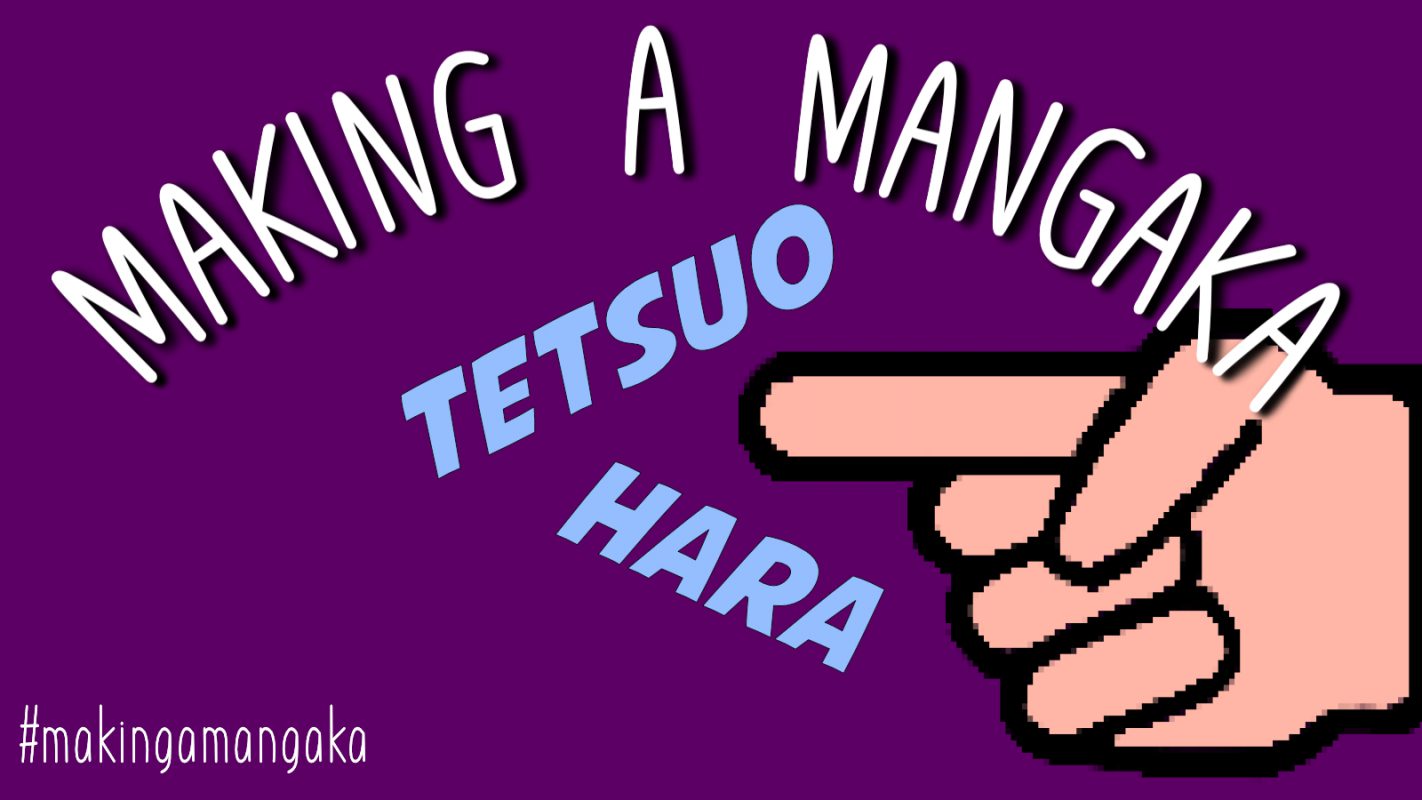
This week, I look to the second judge of SILENT MANGA AUDITION® and a legend in his own right. A giant of Shonen, this man is responsible for kick starting many a manga fan’s love for the genre. From exploding heads to sweeping historical epics, he has delighted, excited and gruesomely satisfied the imaginations of countless manga readers, for over 30 years…this week, I jump into the explosive mind of TETSUO HARA!
Name: Tetsuo Hara (原 哲夫 Hara Tetsuo)
Born: September 2, 1961
Place of Birth: Shibuya, Tokyo, Japan
Speciality: Explosive punches!

ABOUT
Born in Shibuya, Tokyo, Tetsuo Hara knew from an early age he wanted to create manga. Attending the same high school ‘manga club’ as KochiKame creator Osamu Akimoto, albeit 10 years on, the young manga hopeful’s dreams of becoming an assistant to his hero were dashed when he caught the wrong bus to Akimoto’s studio, becoming hopelessly lost in the process!
Soon after graduating high school, Hara finally achieved his dreams by assisting Yoshihiro Takahashi, creator of Silver Fang: The Shooting Star Gin. Emboldened by the methods and techniques learned under a professional manga creator, the fledgling mangaka entered the 33rd Fresh Jump Award, organized by Shueisha, securing himself the top prize with boxing manga Super Challenger. With his second boxing manga, Mad Fighter, following soon after, Hara had the opportunity to really flex his illustrator muscles and perfect a punch that would shake the world of manga!

Hara’s first chance at serialized work came in the form of Iron Don Quixote for Weekly Shonen Jump. At the suggestion of his new editor, none other than COAMIX CEO, Nobuhiko Horie, the story shone a light on the world of motocross, a hot topic at the time. Though only lasting 10 weeks in serialization, Iron Don Quixote firmly established Hara’s unique style, with many character designs looking strangely familiar, and a foreshadowing of things to come.
Horie was enamored by Hara’s style, paying particular attention to the way the enigmatic mangaka could draw a punch. Indeed, the then young editor fondly remembers physically recoiling from the inked fist on the page, securing in his mind, Hara’s next project. By chance, Horie happened upon an account of a disastrous acupuncture experiment he found in a book on Chinese medicine, thus planting the seeds for the biggest, baddest most explosive manga ever to ‘hit’ Japan.




Hokuto no Ken (Fist of the North Star) was a revolution in manga. By utilizing Hara’s faultless ability to draw arresting fight scenes, coupled with script writer Busonson’s knack for inducing ‘manly tears’, the tales of Kenshiro quickly gripped the readers of Weekly Shonen Jump and played a huge part in raising the print run from 3 million copies to 4 million, then 5 million a week!
Following the success of Hokuto, Hara turned his attention to historical events. Hana no Keiji (The Flowery Keiji: At the Other Side of the Clouds) wasn’t only an epic, action packed, blood gurgling samurai adventure, loosely based on the real life Maeda ‘Keiji’ Toshimasu, it would also be one Hara’s last major series for Shueisha.
In 2000, Tetsuo Hara, along with Tsukasa Hojo, Ryuji Tsugihara and Editor Horie teamed up and formed COAMIX. Hara decided to revisit the world of Hokuto and create a prequel for COAMIX’s new weekly manga magazine, Weekly Comics Bunch. However, Souten no Ken (Fist of the Blue Sky), featuring the adventures of Kenshiro’s ancestor during WWII, proved a struggle for the legendary manga creator.
With a gruelling schedule and an ailing eye condition, Hara’s output slowed considerably, prompting talk of retirement. But with an unshakable need to create, he soon started a new, historical series, Ikusa no Ko, The Legend of Oda Nobunaga, proving Tetsuo Hara to be a resilient as the seven scarred hero that catapulted this Tokyo native to the heights of manga success.

MY THOUGHTS
I first encountered the work of Tetsuo Hara, not through his manga, but rather the anime interpretation of his greatest masterpiece. Fist of the North Star was an assault to the senses. Not only did it satiate the adolescent need for epic fight scenes, it also played a big part in showing me the power and unlimited potential of manga.
Like all great manga, Hara places the focus squarely on his characters. From Hokuto to Souten, the presence of his protagonists are larger the life, with manga panels barely containing the awesome power they possess. But the power is not merely in their fists (or pressure poking fingers!), but rather their ability to confront their foes with an open mind and open heart.

Kenshiro, the iconic hero of Hokuto no Ken is a fine example of this. Good, almost to the heights of messianistic interpretation, Kenshiro not only exhibits a need to make a broken world a better place, but sees the answer to this conundrum in the goodness of those around him. This huge leap of empathy is best seen in the many foes he encounters. Rarely does an enemy of Kenshiro not find redemption in our hero’s forgiving nature.
Of course, not all Hara creations are as inherently good as Hokuto’s Kenshiro. The titular hero of the 90’s historical epic Keiji, is brash, willful and possesses a rebellious streak that would make Hokuto’s own free spirit, Jura of the Clouds proud! Loosely based on the historical figure of the same name, Maeda Keiji was a “Kabukimono”, the rebellious samurais of the Sengoku period. These “punk rockers”, though roaming around in gangs, shocking people with their outlandish fashions and generally drinking inn’s dry, were samurai at heart, and with that, they were chained to the tenants of Bushido.
No matter how rebellious or impossibly good Hara’s characters are, they all possess one thing – a sense of nobility. Even the most dominating, ambitious and hate filled creations live within the guiding light of Bushido. This is most brilliantly exemplified in a giant called Raoh!

As I have gained in years, so too has my appreciation for this character. What I once saw as a down and out villain, I now see a complex and conflicted, but above all, noble character. Driven by equal parts, impossible ambition and searing jealousy, the strongest Brother of Hokuto finds redemption in his final moments with a new found respect and limitless love for Kenshiro.
This ability to see the good in everyone is the real beating heart of Hara’s work. In a world on the brink of a real life political apocalypse, now is a timely opportunity to revisit Tetsuo Hara’s creations. No matter how hopeless the situation may seem, or how desperate these times appear to be, by looking through the hate and into the hearts of those conflicted around us, we can help bring them redemption through understanding and patience. After all, if a world conquering maniac on a horse can see the good in this world, we all can.
See you next week!
Chris “You は Shock!” Tordoff
MANGA
The Iron Don Quijote (1982–1983)
Fist of the North Star (1983–1988)
Cyber Blue (1988–1989)
Keiji (1990–1993)
Kagemusha Tokugawa Ieyasu (1994–1995)
Takeki Ryūsei (1995)
Sakon – Sengoku Fūunroku (1997–2000)
Hydra (1997–1998)
Kōkenryoku Ōryō Sōsakan Nakabō Rintarō (1998–2000)
Aterui the Second (2000)
Fist of the Blue Sky (2001–2010)
Ikusa no Ko: The Legend of Oda Nobunaga (2010–current)
NEXT WEEK: Katsuhiro Otomo
